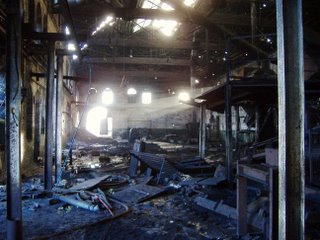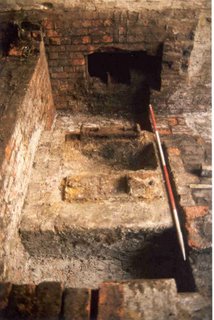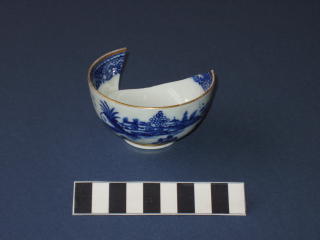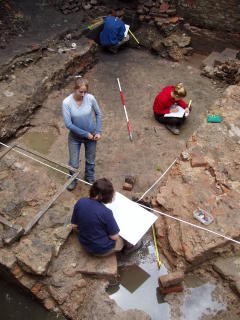Investors in People
1. A strategy for improving the performance of the organisation is clearly defined and understood.
2. Learning and development is planned to achieve the organisation's objectives.
3. Strategies for managing people are designed to promote equality of opportunity in the development of the organisation's people.
4. The capabilities managers need to lead, manage and develop people effectively are clearly defined and understood.
5. Managers are effective in leading, managing and developing people.
6. Peoples' contribution to the organisation is recognised and valued.
7. People are encouraged to take ownership and responsibility by being involved in decision making.
8. People learn and develop effectively.
9. Investment in people improves the performance of the organisation.
10. Improvements are continually made to the way people are managed and developed.
Although we thought we were doing this anyway it is nice to be inspected by an external body and found to be up to scratch.






























